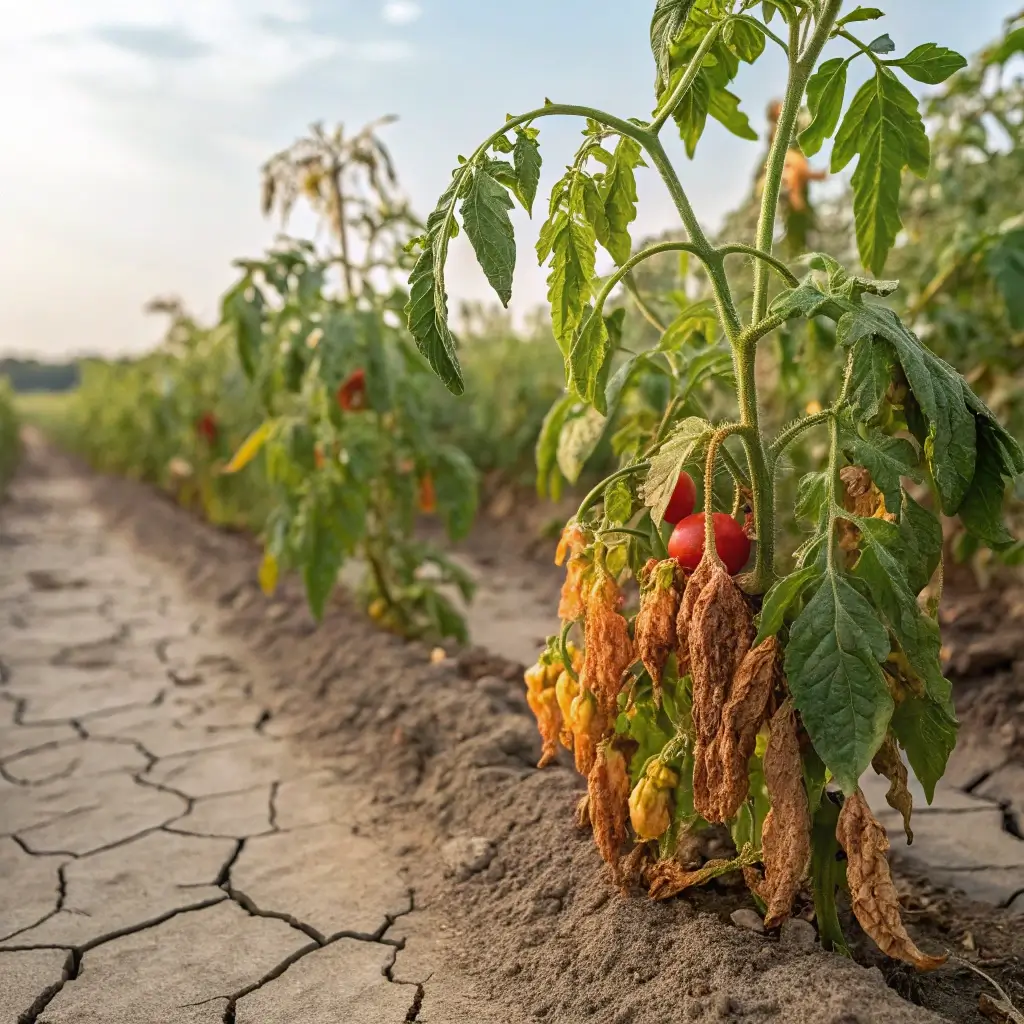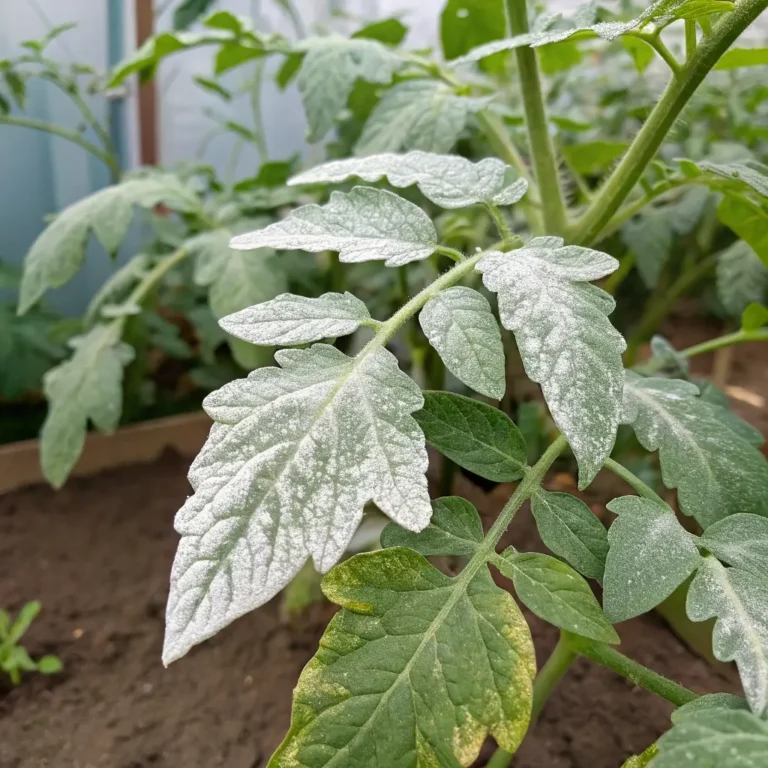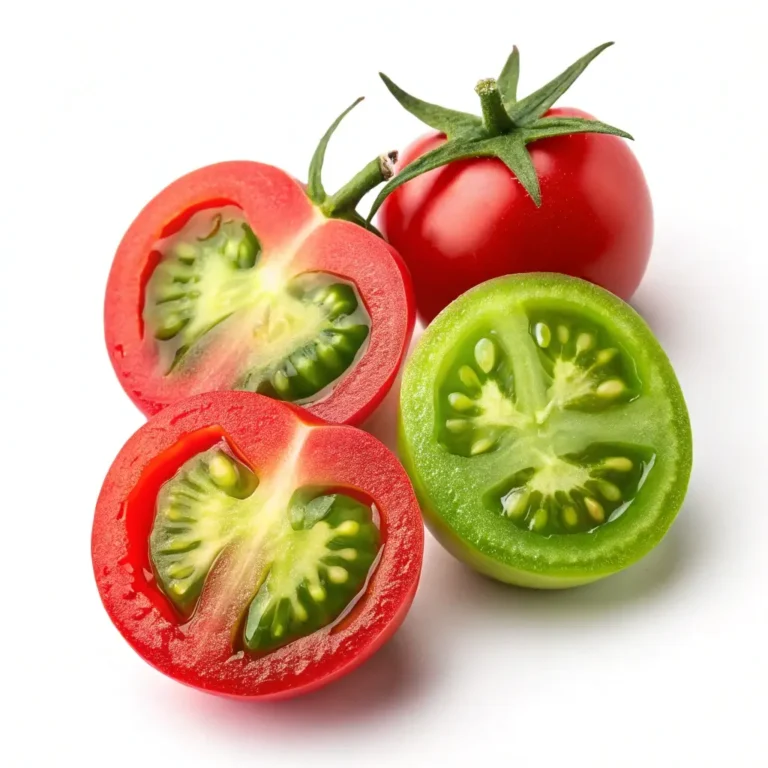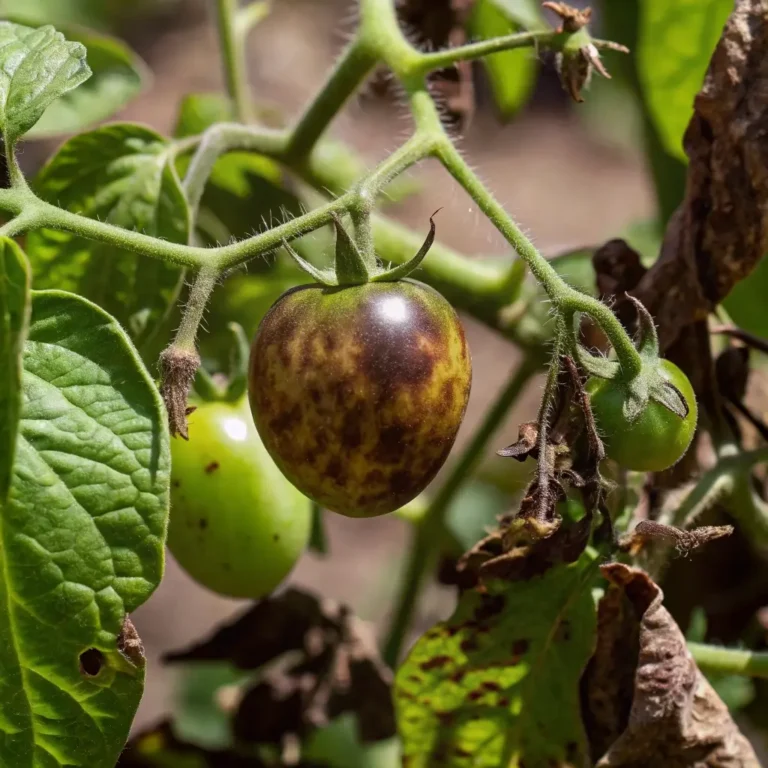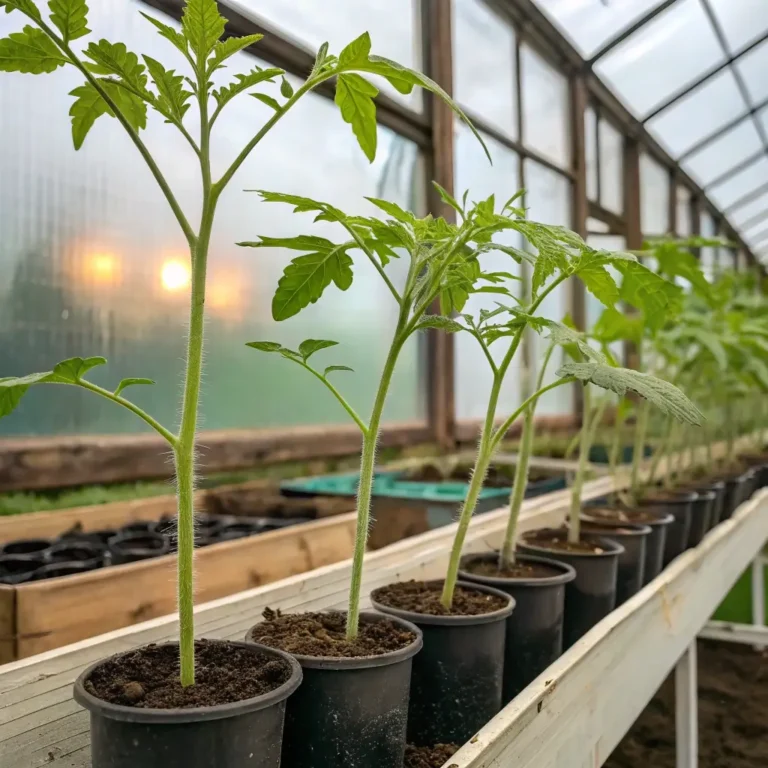How does heat affect tomato plants? 7 Tips to Save Yours
Table of Contents
Introduction
Did you know that tomato plants stop producing fruit when temperatures consistently exceed 95°F (35°C)? This surprising fact challenges the common belief that tomatoes, as summer crops, thrive in intense heat. In reality, extreme temperatures can devastate your tomato harvest, affecting everything from pollen viability to fruit development. If you’re wondering how does heat affect tomato plants and what you can do to protect your precious crop during scorching weather, you’re not alone. Heat stress is becoming increasingly common as climate patterns shift, leaving gardeners scrambling to adapt their growing techniques. Let’s explore the science behind heat stress in tomatoes and discover practical solutions to keep your plants productive even when temperatures soar.
Heat Stress Symptoms in Tomato Plants
Before diving into solutions, it’s crucial to recognize the signs of heat stress in your tomato plants:
- Wilting despite adequate soil moisture
- Flower drop without fruit formation
- Curling, yellowing, or browning leaves
- Blossom end rot development
- Stunted growth and reduced fruit size
- Tough, leathery foliage
- Decreased fruit production
Understanding these symptoms helps you identify heat stress quickly and implement countermeasures before permanent damage occurs. Research from the University of California shows that tomato plants experiencing heat stress for more than 5-7 days may suffer long-term productivity losses of up to 40%.
Why Tomatoes Struggle in Extreme Heat
Tomatoes have specific physiological limitations when it comes to heat:
- Pollen becomes sterile at temperatures above 90°F (32°C)
- Plant metabolism slows dramatically above 95°F (35°C)
- Water evaporation rates increase exponentially
- Nutrient uptake decreases as root function is compromised
- Cell damage occurs as proteins denature in extreme heat
According to research from Texas A&M University, tomato fruit set decreases by approximately 15% for every day temperatures exceed 95°F, with cumulative effects becoming significantly worse after three consecutive days of extreme heat.
7 Tips to Beat the Scorcher and Save Your Tomatoes
Tip 1: Create Strategic Shade
Providing dappled shade during the hottest part of the day can reduce leaf temperature by up to 10°F while still allowing sufficient light for photosynthesis. Install 30-40% shade cloth over your plants, focusing on afternoon protection when temperatures peak. Research shows that even partial shade during heat waves can improve fruit set by up to 30% compared to fully exposed plants.
For container gardens, consider mobile shade options that can be repositioned as the sun moves. Remember that morning sun is beneficial while afternoon sun can be destructive during heat waves.
Tip 2: Mulch Aggressively
Apply a 3-4 inch layer of organic mulch around your tomato plants, keeping it slightly away from the stems. Studies from the University of Georgia demonstrate that proper mulching can:
- Reduce soil temperature by 8-10°F in the root zone
- Decrease water evaporation by up to 70%
- Moderate temperature fluctuations that stress plants
- Suppress weeds that compete for moisture and nutrients
Straw, pine needles, and shredded leaves make excellent mulch choices for tomatoes, with each offering slightly different benefits for soil biology.
Tip 3: Optimize Watering Techniques
During heat waves, adjust both your watering timing and methods:
- Water deeply in early morning (ideally between 5-7 AM)
- Consider drip irrigation to maintain consistent soil moisture
- Add a timer to automate watering during optimal hours
- Increase frequency but maintain deep watering principles
Data from the Tomato Research Institute shows that consistent soil moisture can reduce heat-related blossom drop by up to 60%. Aim to keep soil consistently moist but never soggy, as waterlogged conditions compound heat stress by limiting oxygen to roots.
Tip 4: Apply Protective Foliar Sprays
Kaolin clay products like Surround WP create a protective film that reflects excess heat and UV radiation. Research demonstrates these sprays can:
- Reduce leaf temperature by 4-8°F
- Decrease sunscald damage by up to 85%
- Improve photosynthesis efficiency during heat stress
- Reduce water loss through leaf transpiration
Apply these sprays according to package directions, typically reapplying after heavy rain or every 10-14 days during extreme heat periods.
Tip 5: Choose Heat-Tolerant Varieties
Plan ahead by selecting heat-resistant cultivars like ‘Solar Fire,’ ‘Florida 91,’ ‘Sun Master,’ or ‘Heatwave II.’ These varieties have been specifically bred to maintain pollen viability and fruit set at higher temperatures. Data shows these heat-tolerant varieties can produce up to 300% more fruit during heat waves compared to standard varieties.
If you’re mid-season with non-heat-tolerant plants, focus on implementing the other protective measures in this list to maximize your chances of harvest.
Tip 6: Supplement with Seaweed Extract
Kelp and seaweed extracts contain natural plant hormones, vitamins, and minerals that help plants cope with environmental stress. Weekly foliar applications during heat waves can:
- Strengthen cell walls, increasing heat resistance
- Improve water efficiency within plant tissues
- Enhance natural stress response mechanisms
- Support continued fruit development
University trials show tomato plants treated with seaweed extract during heat stress recovered 40% faster and resumed fruit production more quickly than untreated controls.
Tip 7: Practice Proper Pruning
During heat waves, strategic pruning helps redirect plant energy:
- Remove damaged or diseased foliage immediately
- Prune excess growth to improve air circulation
- Consider removing some flowering trusses to help plants conserve energy
- Maintain foliage that provides natural shade to developing fruit
Studies indicate that properly pruned tomato plants can maintain up to 25% higher photosynthetic efficiency during heat stress compared to unpruned plants.
Conclusion
Understanding how heat affects tomato plants is crucial for adapting your gardening practices to increasingly variable climate conditions. By implementing these seven science-backed strategies—creating shade, mulching properly, optimizing watering, applying protective sprays, choosing heat-tolerant varieties, using seaweed extract, and practicing strategic pruning—you can significantly improve your tomatoes’ resilience to heat stress.
Remember that preparation before heat waves is far more effective than trying to rescue severely stressed plants. By monitoring weather forecasts and implementing these protective measures proactively, you can maintain productivity even when temperatures soar, ensuring a bountiful tomato harvest despite challenging conditions.
FAQs
Q: How hot is too hot for tomato plants?
A: Tomato plants begin to struggle when daytime temperatures consistently exceed 90°F (32°C) and night temperatures remain above 75°F (24°C). Pollen becomes sterile at temperatures above 90°F, preventing fruit formation, while general plant functions begin to shut down around 95°F (35°C).
Q: Should I remove tomato plants that have been heat-damaged?
A: Not necessarily. Tomato plants showing heat stress can often recover when temperatures moderate. Focus on providing shade, consistent water, and removing only severely damaged foliage. New growth often emerges once conditions improve.
Q: Can I prevent blossom drop during heat waves?
A: While you can’t completely prevent it, you can reduce blossom drop by maintaining consistent soil moisture, applying shade during peak heat, and using products containing calcium and seaweed extract to strengthen flower attachment and pollen viability.
Q: When should I water tomatoes during extreme heat?
A: Water deeply in early morning (ideally before 7 AM) when evaporation rates are lowest and plants can fully hydrate before the day’s heat. Avoid evening watering during high humidity as this can promote disease.
Q: Will overhead misting help cool tomato plants?
A: Brief overhead misting during the hottest part of the day can provide temporary cooling, but avoid wetting foliage for extended periods as this promotes fungal diseases. Focus instead on ground-level irrigation and environmental modifications for sustainable heat management.

